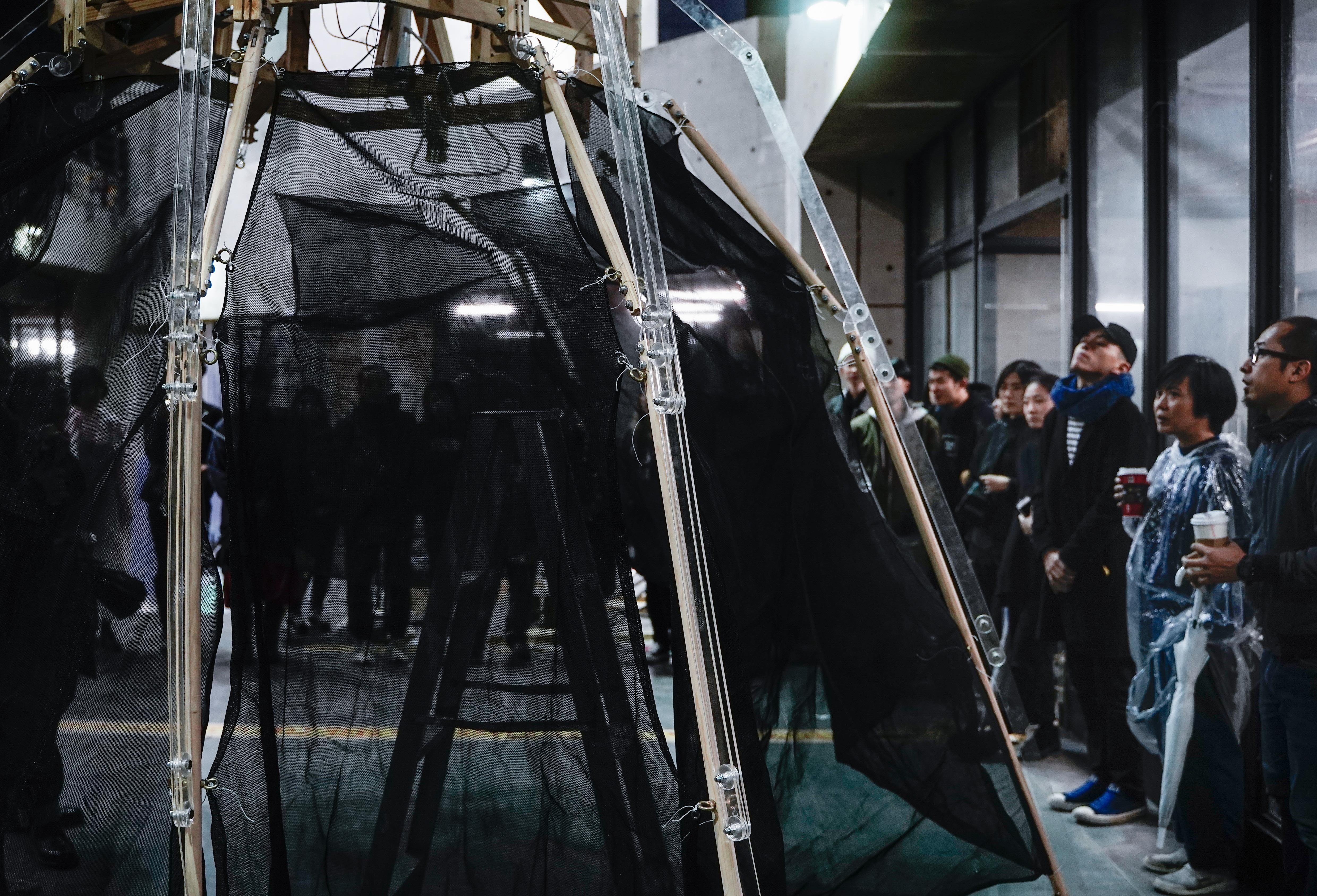①Site plan ②drawings
③ elevation & pictures

①Site plan ②drawings
③ elevation & pictures
Located in the northeast of the Pacific Ocean; Location: About 90 kilometers from the Pacific Ocean near the fishing port, the voyage is about 2.5 hours. Surrounded by the sea, the island is famous for its unique aboriginal customs and natural attractions. The island has a rich natural environment, mainly composed of volcanic rocks, and the coral reef on the right shows the phenomenon of terrain uplift. There is a small town on the whole island, in which medical, educational and livelihood facilities are well developed. Most of the population in the pure-served town is mainly elderly. In recent years, more and more young people have returned to their hometowns to start businesses and have brought a new economy to the entire island.







To the east, one rise seemed darker than the rest. Walking around carefully – you did everything carefully up there – I realized why. There was a cave behind the brush.


I slipped the small flashlight from its waterproof sheath and moved in. The Stars are among the rainiest places on Earth, and any marks around the cave, even in the rock, would have washed away long enough. So I stepped into the cave, and played the light around. The cave roof canted down. On an angle away from the rain, I found what I feared.
The air was thin, wet and cold. I trained for three months to function at this altitude, and I still didn’t think it was enough. The plateau wasn’t as flat as the word suggests: it rolled and dipped, and had dark hilly rises. Even a mile up, there were still wide ponds, and the limestone ground was thick with vegetation evolved to cling and live. Just like us. Clinging on and living as best we can.








In postwar Japan, Shinohara Kazuo and Tange Kenzō independently established the two most influential and consequential schools of architectural thought. While Metabolism's techno-rationalist determinism dominated architectural discourse, Shinohara stayed true to his belief that, "A house is a work of art." This famous declaration is coupled with the leitmotif in modernism that interprets traditional Japanese houses as being about simplicity, balance, and abstraction. Known as the Shinohara School, his works have become the basis of many of the most exciting contemporary architecture, such as the works of Ito Toyō, Hasegawa Itsuko, Sakamoto Kazunari, Sejima Kazuo, Nishizawa Ryue, Tsukamoto Yoshiharu, and Ishigami Junya. Shinohara's importance has extended internationally capturing the attention of Rem Koolhaas and Herzog and de Meuron, and greatly influencing the works of Valerio Olgiati and Christian Kerez and many more.
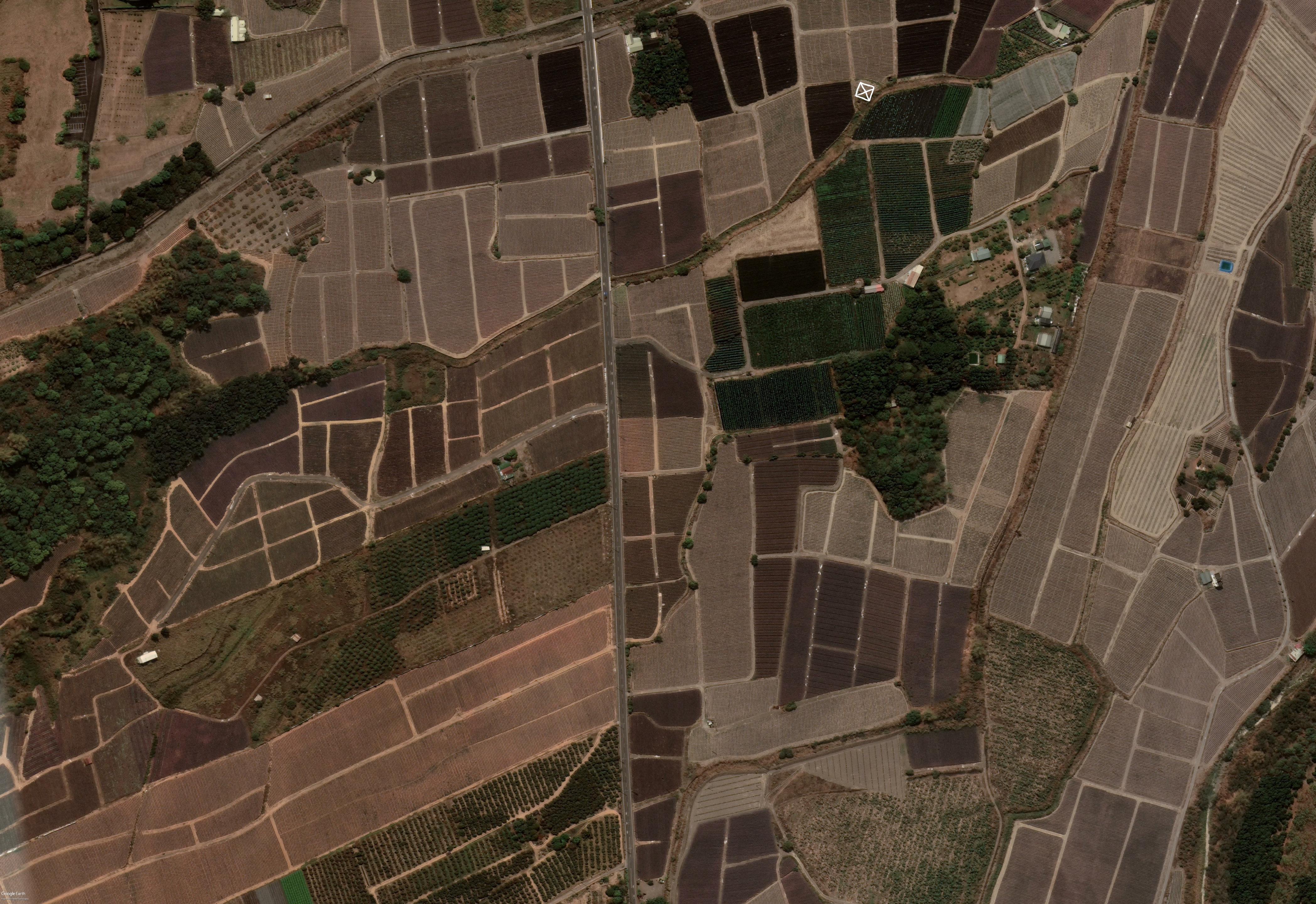
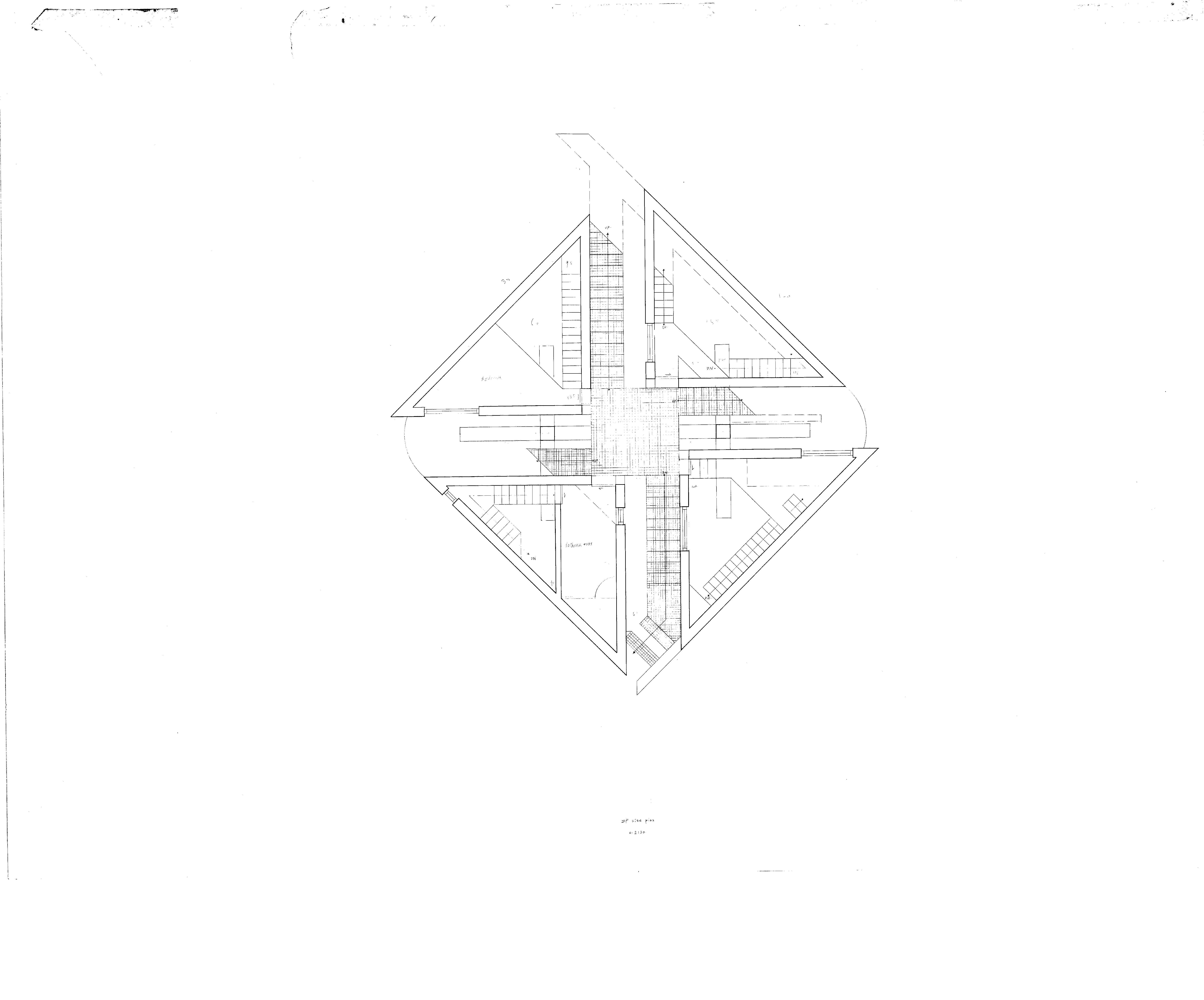
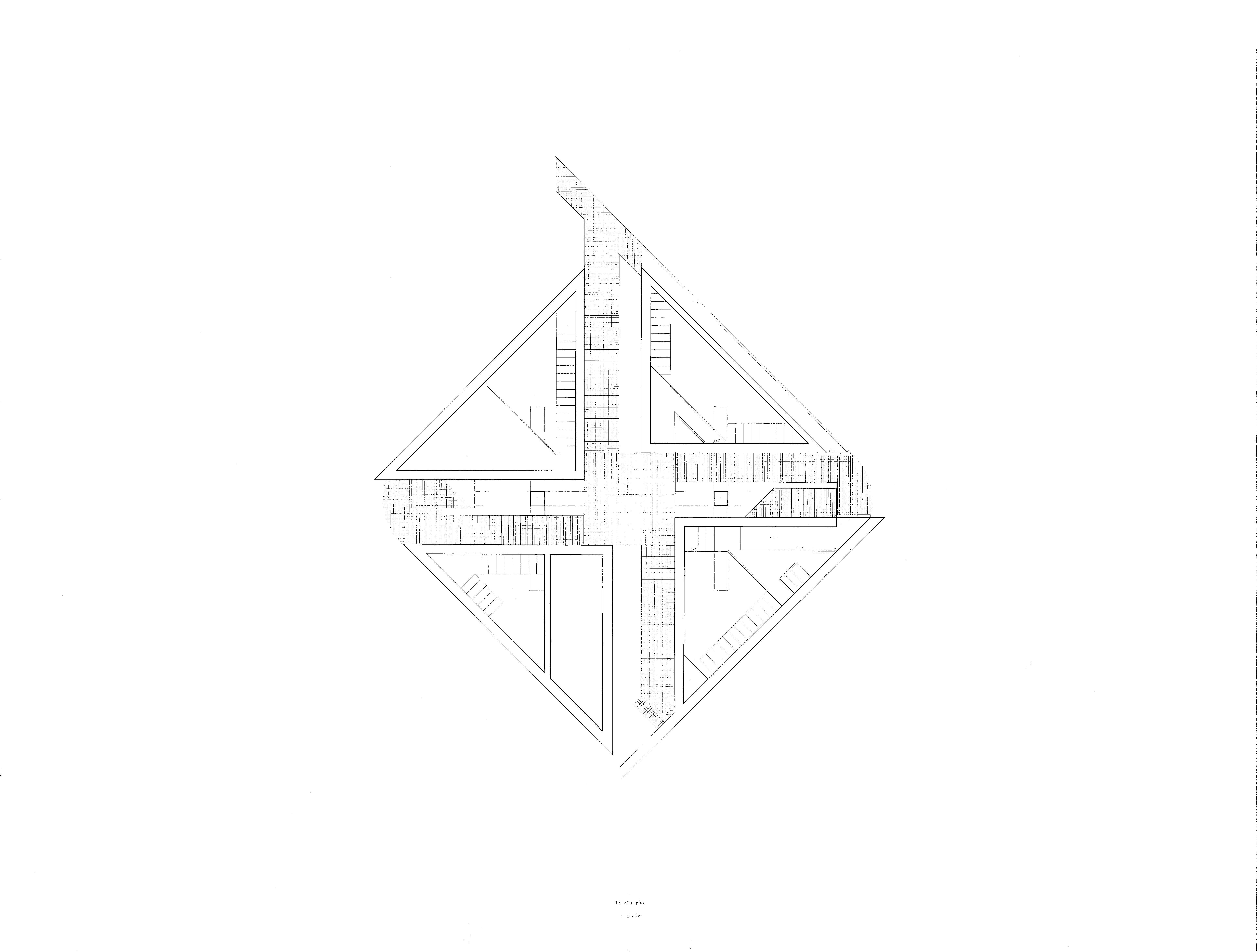
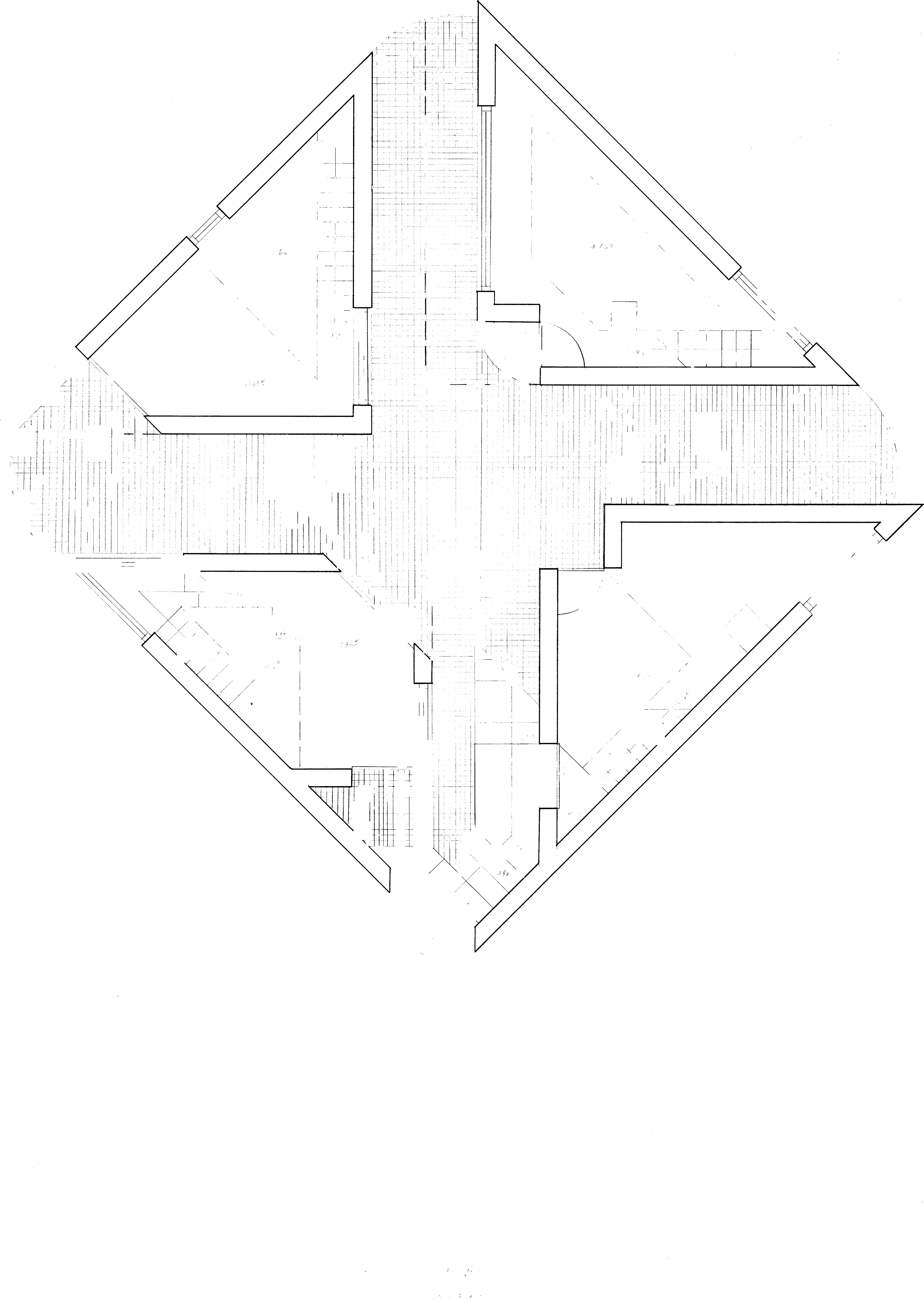


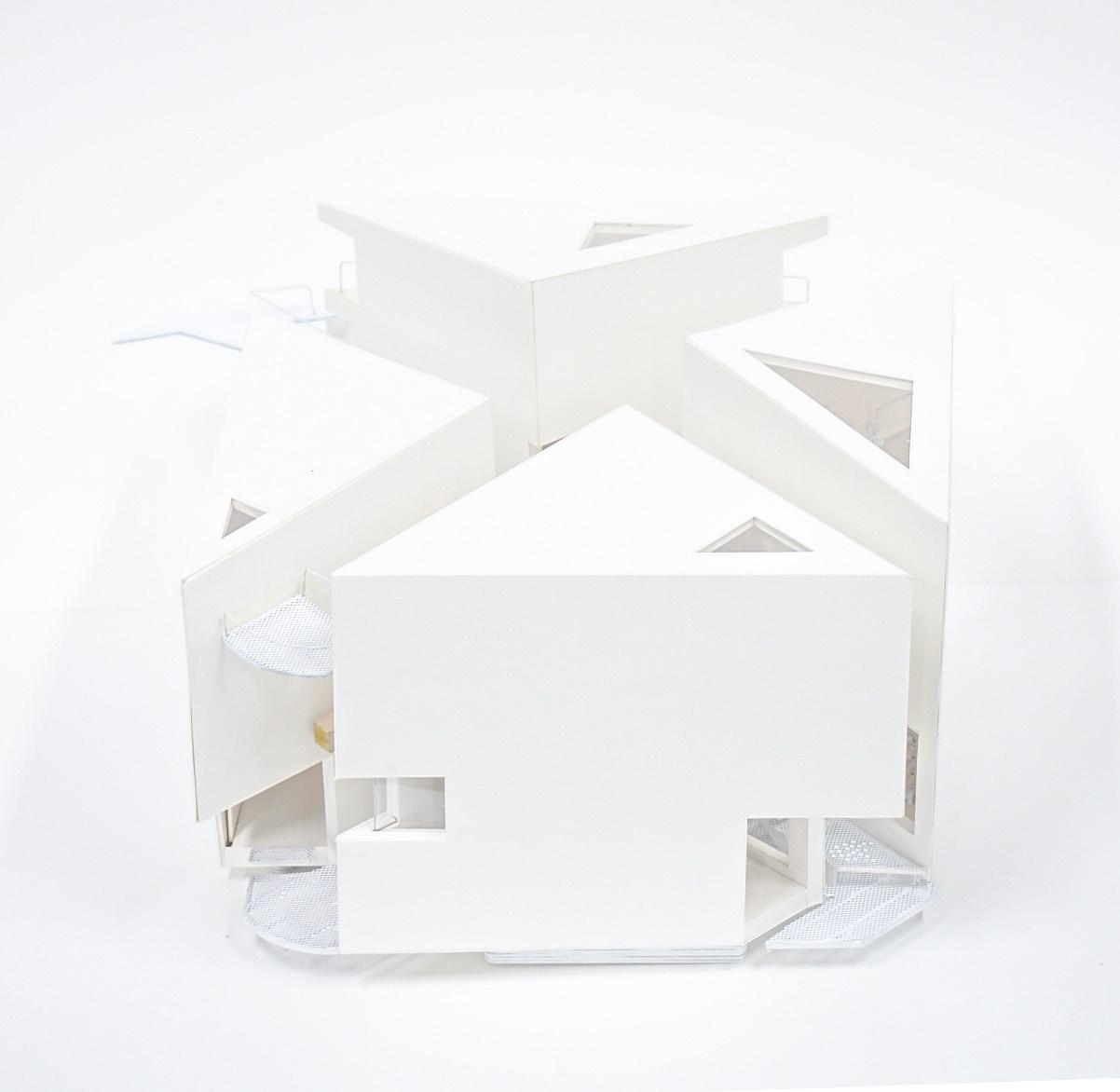
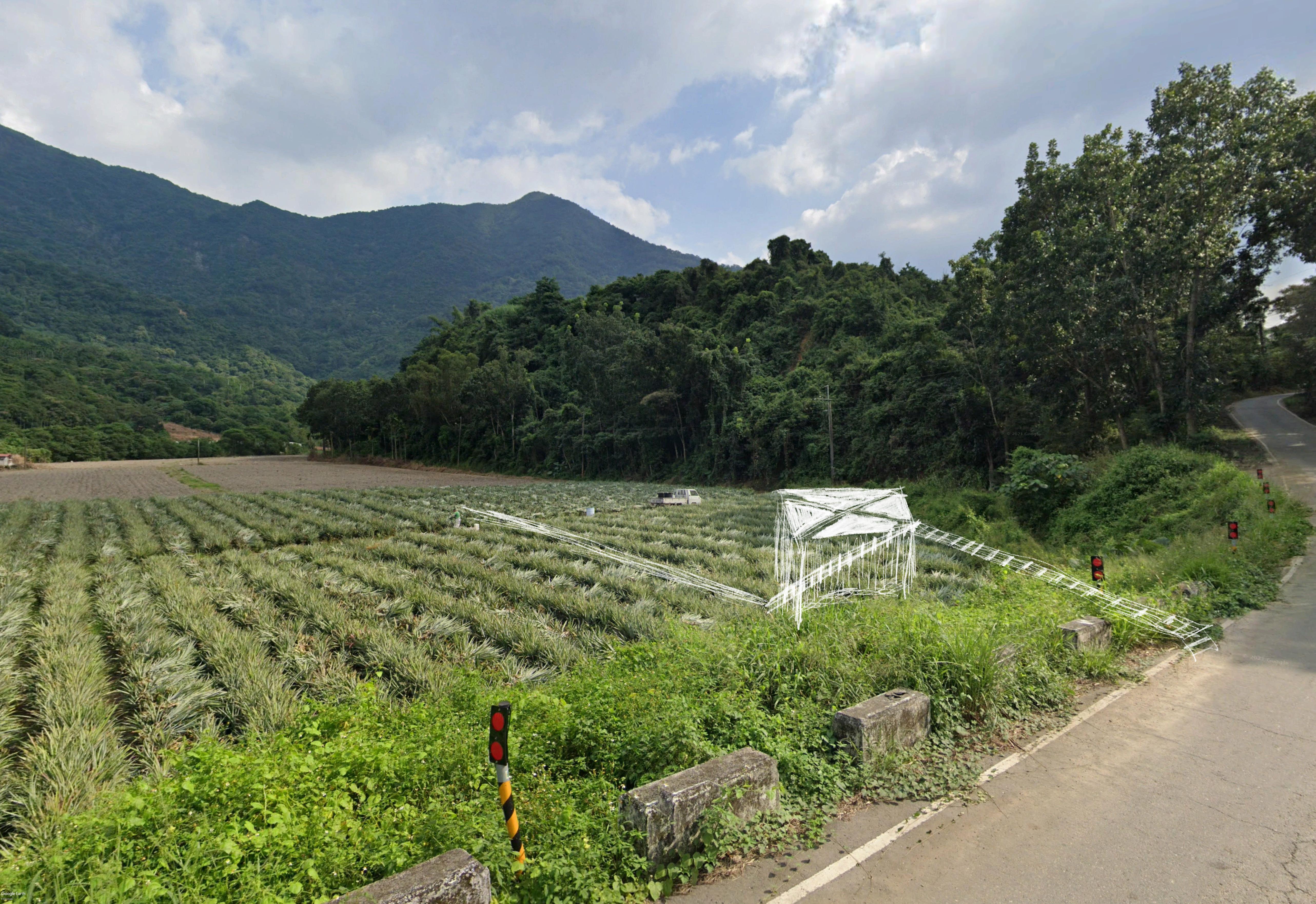

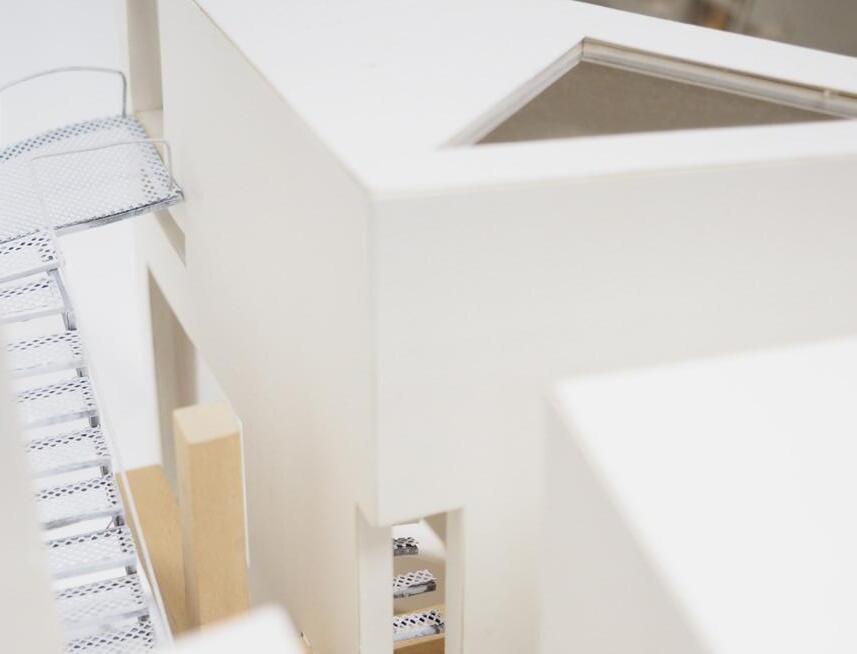


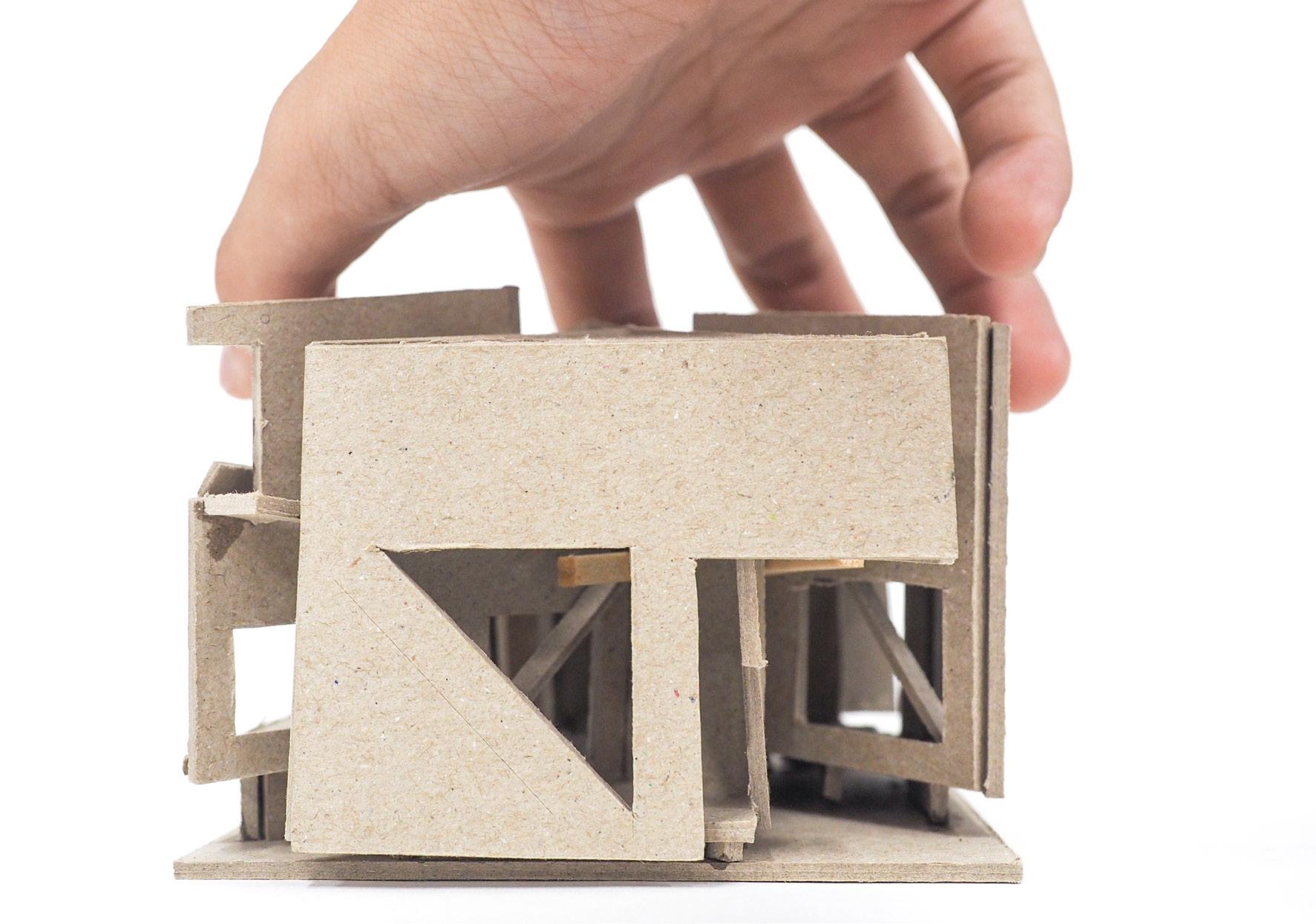

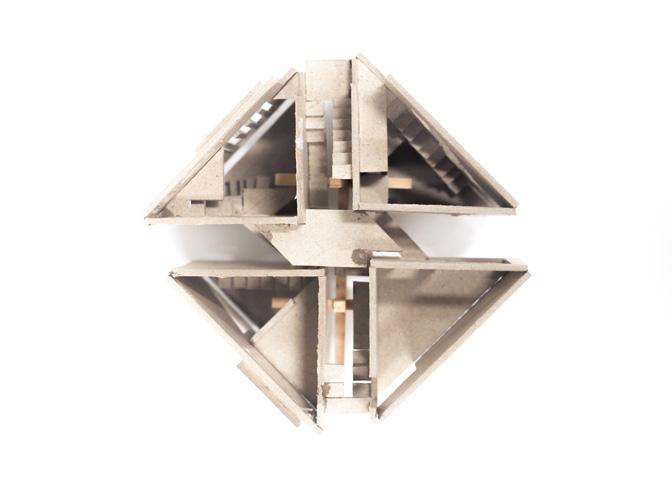
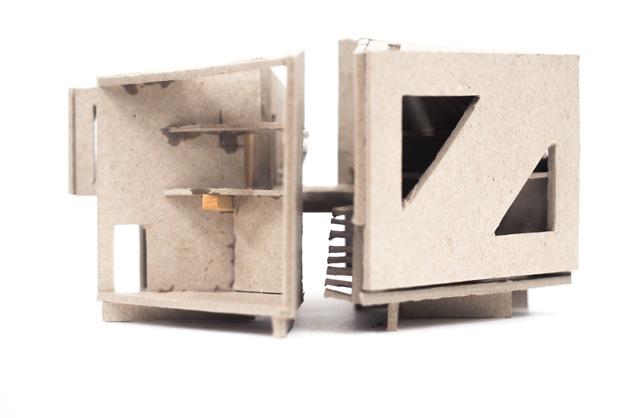
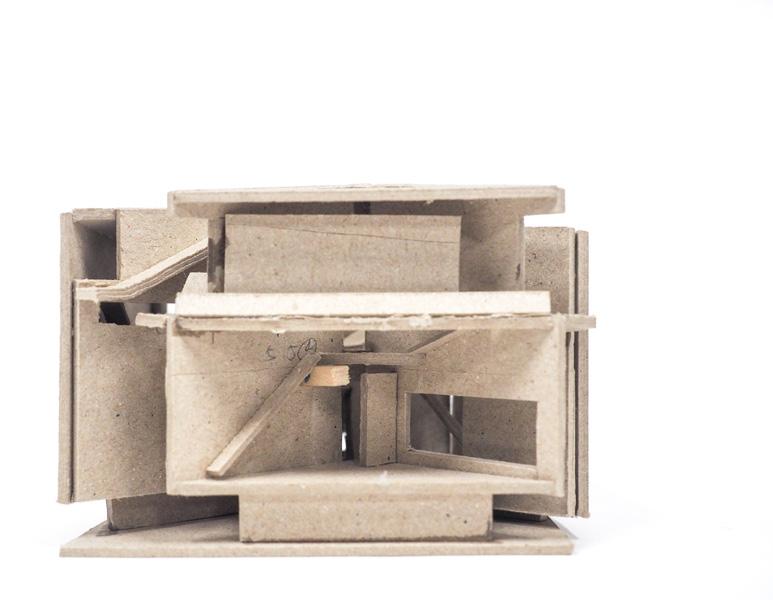

①details testing ②Constructing
Use the method of listening to find your most comfortable state within the scope of the base. At first, I found three changes in the volume of the sound caused by the height difference of the building itself, and later developed into recording the sound changes produced by the density of the flow of people, imagining myself wandering in the sea of people and feeling the current changes in the body.
This installation translates and expresses the existence and influence of sound at the same time, and feels the subtle relationship and changes between people, sound and space. Divided into internal and external spaces, the interior will shrink the entire space due to the sound changes of the external surrounding environment, and the exterior will be vice versa.
Instroctor:姚仲涵 YAO Chung-Han
2019 fall / Sophomore










